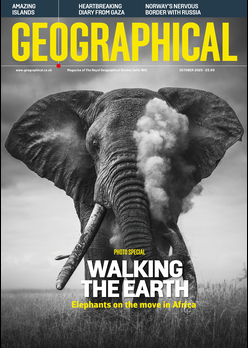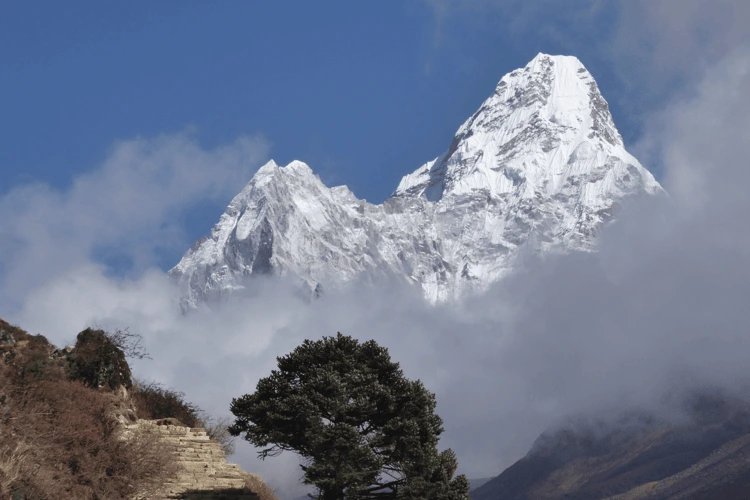
Daniel Quinn and colleagues have identified all the peaks on Earth with more than a 1,000-metres prominence known as Ribus
A Ribu (pronounced ree-boo) is a mountain with a 1,000-metre topographic prominence. There are 7,150 of them on Earth, covering all seven continents and 145 different countries and territories. They range from famous peaks climbed daily to mountains that have never been climbed and don’t have officially recognised names. The word ribu means ‘thousand’ in Indonesian and Malay.
Enjoying this article? Check out our related reads:
The first list of Ribus was created in Java, Indonesia, in 2009 by Andy Dean and myself. Back then, it was a regional list, conceived as an objective way to determine which mountains in the Indonesian archipelago would probably be worth attempting to hike at weekends. We developed the Gunung Bagging website to document our trips, often writing the first English-language reports on the mountains and volcanoes we visited.
A decade later, an international team of mountain researchers began work to identify all of the Ribus on Earth. Different researchers had different roles, according to regional specialisations and specific expertise. We used every data source we could find, including topographic maps, personal GPS records and digital elevation models created by orbiting satellites.
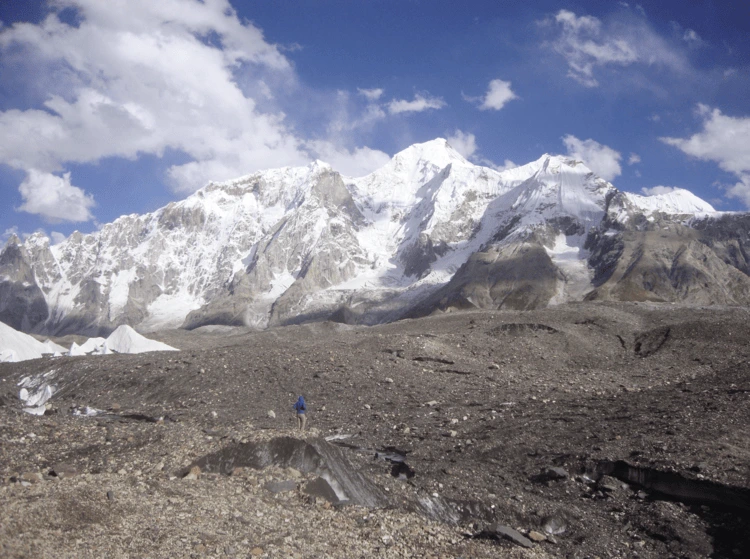
Previous work by Andrew Kirmse to create a code to analyse prominence, along with that of Jonathan de Ferranti to create an accurate global dataset of peaks, was incredibly useful. The many trip reports by users of the Peakbagger website were also invaluable. We used informed judgment in the many cases where different sources stated different heights for the same mountain. The variety of terrain researched was considerable, including forest-clad peaks in tropical forests, desolate ice domes in Antarctica, volcanoes in Vanuatu and the highest mountains of the Himalayan Plateau.
Topographic prominence can be explained in several ways. It’s sometimes called relative height, as it describes a peak’s dominance over the landscape surrounding
it. Prominence is the height of the mountain’s summit, also known as elevation, above the lowest contour line that encircles it but no other higher peak. It helps us determine whether a peak is one part of a higher mountain or a separate mountain in its own right. It provides a robust, objective and consistent principle for producing comprehensive lists of peaks of any height.
The top ten Ribus by prominence
1) Mount Everest/Chomolungma, China/ Nepal. Elevation 8,849m; prominence 8,849m.
2) Cerro Aconcagua, Argentina. Elevation 6,963m; prominence 6,963m.
3) Denali/Mount McKinley, USA. Elevation 6,190m; prominence 6,164m.
4) Kilimanjaro, Tanzania. Elevation 5,895m; prominence 5,895m.
5) Pico Simón Bolívar, Colombia. Elevation 5,720m; prominence 5,529m.
6) Mount Logan, Canada. Elevation 5,956m; prominence 5,250m.
7) Pico de Orizaba/Citlaltépetl, Mexico. Elevation 5,636m; prominence 4,922.
8) Mount Vinson, Antarctica. Elevation 4,892m; prominence 4,892.
9) Puncak Jaya/Carstensz Pyramid, Indonesia. Elevation 4,884m; prominence 4,884.
10) Elbrus/Mingi Taw, Russia. Elevation 5,642m; prominence 4,741.
Some famous Ribus have several names in multiple languages. Through careful research, we tried to retain the most commonly used names. At the same time, we had a strong preference for local words for mountain or peak rather than using ‘mount’ as a prefix for names in areas where English isn’t the first or even second language. Mountains with no recognised name at all were given derived names based on nearby landscape features such as named rivers, lakes and settlements.
Great Britain has just three Ribus: Ben Nevis and Carn Eighe in Scotland and Snowdon or Yr Wyddfa in Wales. At 992 metres high, Sgurr Alasdair on the Isle of Skye fails to qualify as a Ribu by just eight metres, although, being within ten metres of qualifying, it’s one of the 226 Sub-Ribus so far identified. Carrauntoohil in Ireland is the next nearest Ribu. France has 48 Ribus and Norway has 92. Canada has the most Ribus with 932, followed by China with 893 and the USA with 643.
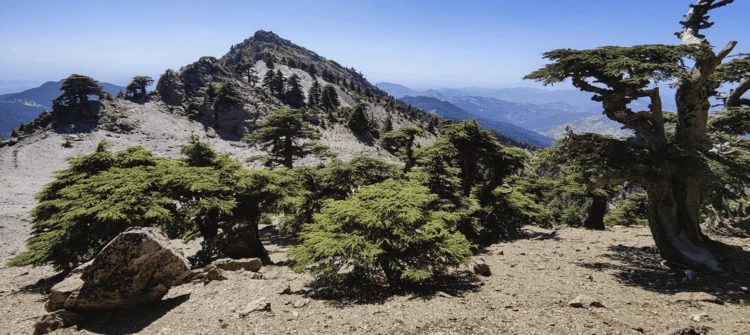
The largest countries tend to have the most Ribus, but some smaller countries have lots of Ribus for their size. Countries with especially high Ribu density include Switzerland, Albania and Austria. In terms of continents, Asia has the most Ribus with 2,926, followed by North America with 2,034 and South America with 930. With 185 Ribus, Greenland is the island with the most, followed by New Guinea with 88 and New Zealand’s South Island with 74. Some relatively little-known islands have several Ribus, such as New Britain (Papua New Guinea) with 13; Isla Wellington off the west coast of Chile, which has ten; and Flores (Indonesia), which has nine.
Everest is the most prominent mountain as well as the highest, while Cerro Aconcagua in Argentina has the second-highest prominence. The highest mountains of all seven continents comfortably qualify as Ribus. K2, the second-highest mountain in the world, is the 22nd most prominent, while Mont Blanc in Europe is the 11th most prominent. Ben Nevis is 2,406th, Carn Eighe is 4,332nd, and Snowdon or Yr Wyddfa is joint 6,231st with eight other Ribus.
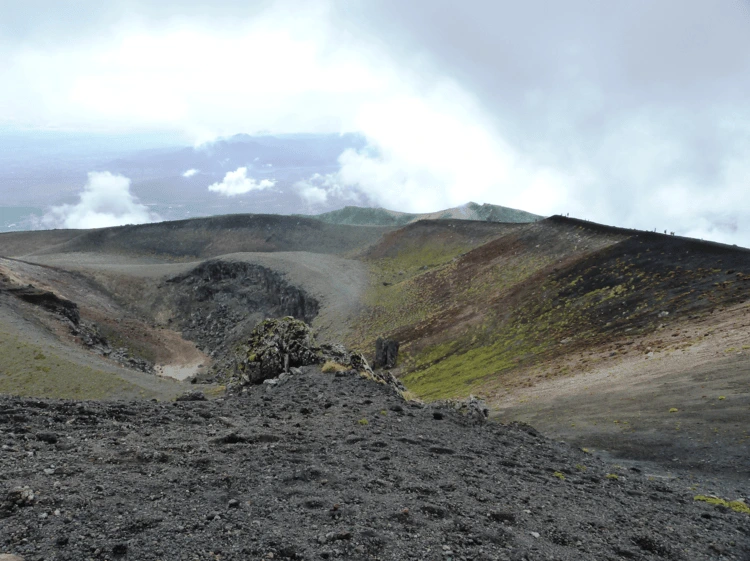
Some Ribus change height on a fairly regular basis. Active volcanoes can grow several metres per year or lose tens of metres in elevation during a major eruption. A volcano that may have 1,000 metres of prominence today could well lose Ribu status in the future, and others may grow to the point that they one day qualify and feature in the list. One mountain in the Taohua range in China used to be a Ribu but was partially flattened in 2019 to build Chongqing Wushan Airport. It now has a topographic prominence of around 958 metres and, therefore, no longer qualifies as a Ribu due to human activity.
One of the most remote Ribus is Dome Argus, the highest ice dome on the Antarctic Plateau, standing at 4,087 metres. While currently classified as a single Ribu, it conceals beneath its thick ice cover the Gamburtsev Subglacial Mountains – a hidden range comparable in scale to the European Alps. In the far distant future, should these mysterious peaks become exposed, they would reveal numerous newly emerged mountains, many with sufficient prominence to qualify as Ribus, thereby expanding the list significantly.
Mountains with significant topographic prominence usually provide breathtaking views from their summits, as the surrounding landscape is unobstructed by taller nearby peaks. When not limited by poor weather or dense vegetation, this dominance over the local terrain means that hikers are presented with expansive panoramas of neighbouring ridges, valleys and distant horizons. This is a major part of the reward for what can often be arduous multi-day tasks involving weeks of preparation and immense stamina, technical rope work and challenging navigation, cross-cultural negotiation skills with tribal leaders or permit-issuing authorities, the mental ability to withstand constant attacks from bloodsucking leeches, or any combination of the above.
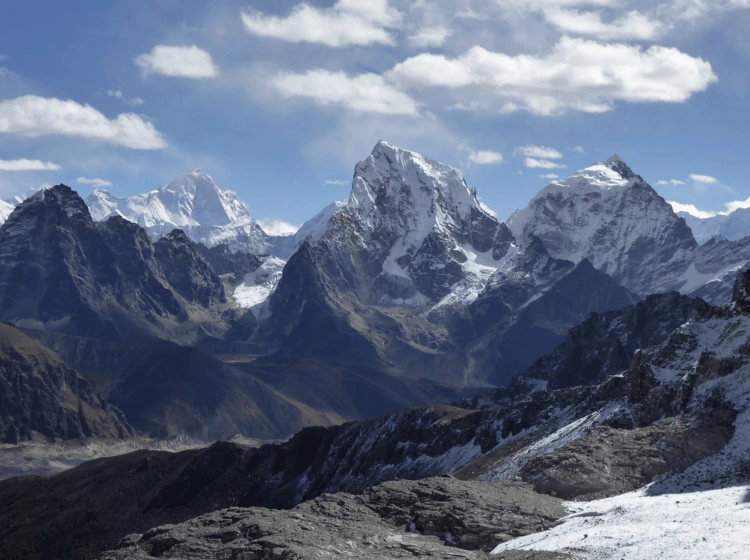
At the other extreme, a small number of Ribus have a road almost to the very top and require just a few minutes to reach the summit. Notable examples include Doi Inthanon in Thailand and Mount Washington in New Hampshire, USA. Significant prominence doesn’t always equate to significant difficulty.
Every mountain has a key col, or saddle. This is the lowest point on the highest ridge connecting the mountain with a higher peak. The highest point of islands, such as Great Britain’s Ben Nevis, don’t have a higher neighbour, as the key col is sea level, or zero. That means that the prominence of Ben Nevis is equal to its elevation (1,345 metres). Ben Nevis’s neighbouring peak, Carn Mor Dearg, is 1,221 metres high but has a prominence of 164 metres, as the key col between the two peaks is 1,057 metres high (1,221 minus 1,057 equals 164).
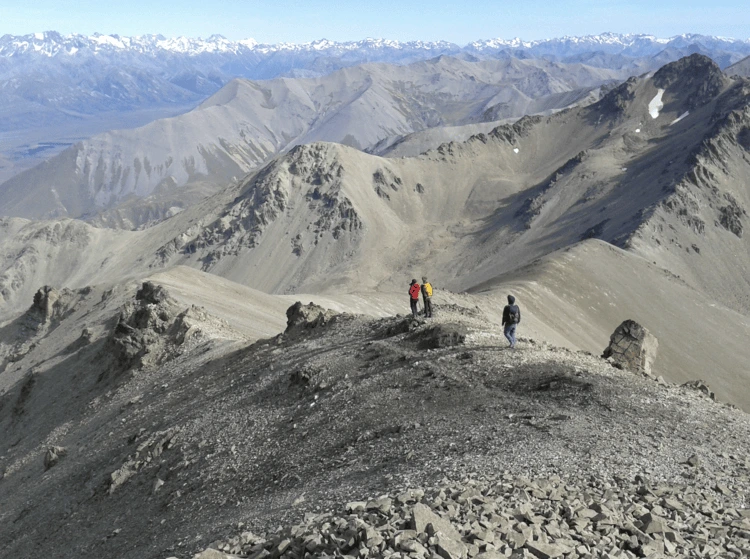
Anyone climbing Carn Mor Dearg after Ben Nevis will have to reascend 164 metres from the col to reach the summit. Ben Nevis is quite clearly the parent mountain, and this fact is reflected in its much higher prominence figure. Carn Mor Dearg may be an independent summit, but its fairly low prominence illustrates that it’s part of the same range as its neighbour. It counts as a Marilyn: a peak with 150 metres of prominence, of which there are 1,550 in Great Britain. Creating a list of the Marilyns of the world would be an immense task, not only because of the number of peaks to research but also because of the unreliability of the data sources. Even using a minimum prominence figure of 600 metres would lead to a list of around 30,000 peaks.
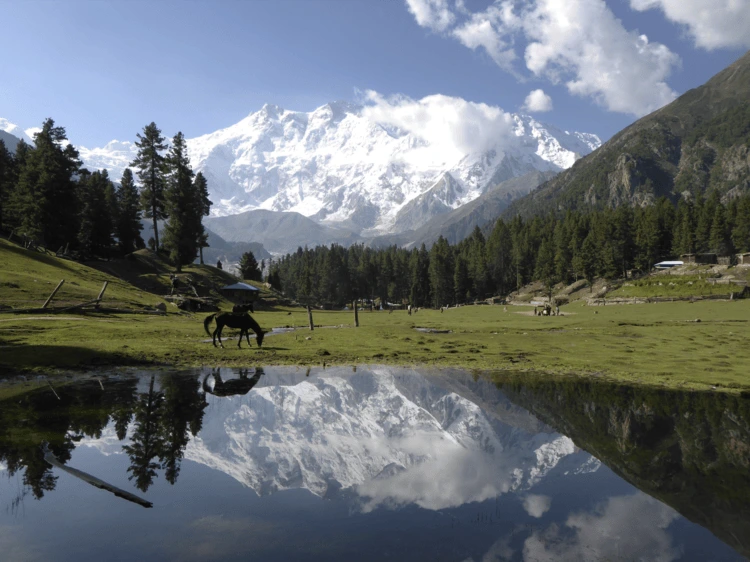
Nobody is going to climb all of the 7,150 Ribus anytime soon, but many hikers have reached the top of several hundred. Englishman Rob Woodall has climbed more than 850 Ribus and will probably be the first person in the world to reach the top of 1,000 – an impressive achievement.
The extensive research programme has culminated in the first published book to contain a comprehensive catalogue of the most prominent mountains on Earth.
It provides a detailed insight into the topography of the planet, with 310 tables of mountain data, organised by topographic region, giving the name, height and location of all 7,150 Ribus, including 1,566 Ultras, which are mountains with more than 1,500 metres of prominence. There are colour maps showing the location of every peak, articles on relevant topics, stories and photographs from several writers, and numerous facts about mountain and island landscapes.
The Relative Mountains of Earth: The Ribus is available via Pedantic Press at pendatic.org.uk

